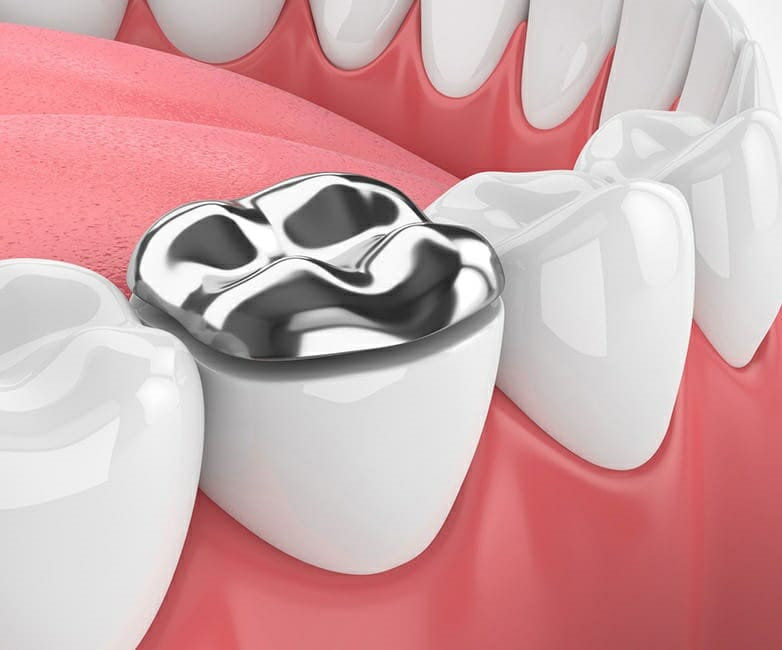Why tooth fillings?
The general notion about tooth fillings is that it is the only savior when you are suffering from cavities. The real scenario is, dental fillings today, is used as a preventive dental treatment too. In elaborate terms, dentists recommend the use of fillings to protect your back teeth (molars) from cavities. The surface area of molars is such that they tend to allow food particles to get tucked in between their grooves. Retained food particles allow bacteria to live on them. Consequently, cavities might form that ultimately culminate into tooth decay. Hence, you are advised by your dentist to seal your molars so that food particles don’t stand a chance to stay back on their surface!
There are still more purposes of dental fillings. They can also be used to repair damage to your teeth caused by teeth grinding (bruxism). Moreover, fillings are sometimes used to replace part of a broken tooth.
5 Amazing facts about Dental Fillings
Fillings Can Last till 15 Years
Your gold or porcelain fillings could effectively last up to a span of 15 years. In fact, some fillings may last even longer. With the advancement of technology in the dental field, fillings are highly resistant to corrosion. Since fillings come in different variants, therefore paying a little more for your fillings will ensure that they last a little longer!
Fillings today can even release Fluoride
Fillings like the glass ionomer variety release fluoride to safeguard your tooth. Thus your teeth are protected from additional decay and damage. Glass ionomer filling is commonly used in cases where the decay is beneath the gum line. It is used for pediatric patients too.
Fillings nowadays match the aesthetics of Natural Teeth even
Most popularly dental fillings that are used are made of composite resin. This material is capable of perfectly blending with your natural teeth aesthetics. So next time, you need not worry about anyone asking whether you have a filling in your mouth!
Tooth Fillings can also prevent an Infection
Dental procedures like a root canal require a tooth filling. A temporary tooth filling is in order to give the tooth and gums ample time to heal. This temporary tooth allows your nerves to relax before the permanent filling is added. The use of a temporary filling ensures that your exposed tooth does not become infected while the healing process is going on.
Improved Tooth Functionality
When tooth decay occurs, it becomes very painful and difficult to chew food. Therefore, having your decayed teeth filled might make your eating less painful.
So how are dental fillings administered to your teeth?
First, your teeth, gums and the surrounding area will be numbed with the help of a local anesthesia. Next, the decay from within the tooth is drilled out and replaced it with a filling. This process only takes a few minutes. Probably, the numbness might remain for a few more hours. Besides, the process of dental filling does not bear much of any complications.
Nevertheless, there are certain issues that you need to be careful about while you walk in for a dental filling.
Infection: While the cavity part is being pulled out from your tooth, a space or gap might remain even after the filling is done. This space could be a breeding ground for bacteria that causes additional tooth decay. In case you notice a space between your tooth and your cavity filling, it should be reported to your dentist immediately.
Damage: Your cavity filling could break, crack, or fall out. Even when you bite down on something hard or a sports trauma could damage your fillings. See your dentist immediately to avoid any infection of the unprotected tooth.
These are some of the potential problems associated with a dental filling. In such events you need to get in touch with your dentist immediately.


